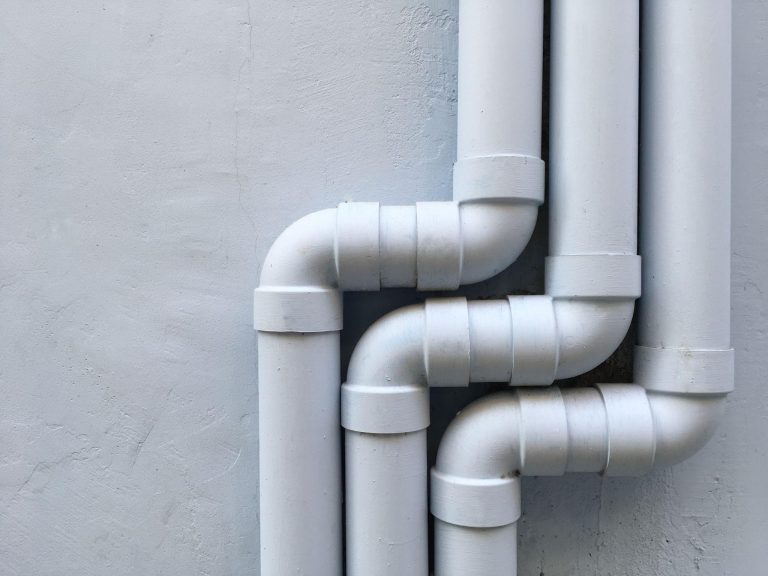If you are looking for a reliable and experienced supplier of polypropylene products, look no further than Petro Arman Polymer Pars. Contact us today to learn more about our products and services.

Co-Polymer products are used in various industries such as packaging, automotive, household appliances, stationery, sports equipment, etc. In the packaging industry, due to its flexibility, resistance to moisture and gas, non-absorption of moisture and the ability to prevent oxygen penetration, it is used for packaging food and medicine. In the automotive industry, it is used to make internal and external car parts. It is also used in the production of sports equipment such as shoes, balls, etc. due to its flexibility and resistance to shock and impact.

Copolymers are a class of polymers that consist of two or more types of repeating monomer units. There are different types of copolymers, which include:
1. Random copolymers: these copolymers have a random arrangement of two different monomer units along the polymer chain. They have a wide range of properties depending on the ratio of the two monomers in the polymer chain.
2. Block copolymers: In these copolymers, there are blocks of each monomer in the polymer chain, and each block is separated by a boundary region. These copolymers have different properties than random copolymers due to their distinct block structure.
3. Linked copolymers: These copolymers have one type of monomer that forms the main polymer chain, and the other type of monomer is branched as a side chain. Graft copolymers have unique properties and are used in a wide range of applications.
4. Alternating copolymers: These copolymers have an alternating sequence of two different monomers along the polymer chain. Alternating copolymers are often used in specialized applications where specific properties are required.
5. Statistical copolymers: these copolymers have a distribution of two different monomers along the polymer chain that follows a statistical distribution. The properties of these copolymers are different depending on the statistical distribution of the two monomers.
Copolymers are used in a wide variety of applications including packaging, adhesives, coatings and automotive parts. The specific copolymer used in each application depends on the required properties of the final product. For example, copolymers with excellent heat resistance may be used in automotive parts, while copolymers with good transparency may be used in food packaging.
In general, copolymers are an important class of polymers that offer a wide range of properties and are used in a diverse set of applications.
positive points:
- Ko Polymer product is one of the most widely used polymers in various industries, especially in the production of industrial parts and automobile manufacturing.
- This polymer has very good resistance to impact and bending, and because of this feature, it is used in the production of car parts such as panels, roofs, doors and trunks.
- Co-Polymer product has good chemical resistance to many chemicals and for this reason it is used in chemical industries and chemical production.
- This polymer reduces the weight of production parts and saves production and transportation costs.
cons:
- The high temperature resistance of this polymer is lower than other polymers such as polypropylene.
- The ability of gas and vapors to penetrate in this polymer is more than polypropylene, which in some cases can cause leakage and contamination of materials under the influence of vapors.
- It has more UV rays and light loss than polypropylene, which in some cases can lead to color change and drying of parts.
- Polypropylene has more UV rays and light loss, which in some cases can cause color changes and dry parts.
A copolymer is a type of polymer that consists of two or more different types of monomers. To make a copolymer, first different monomers are combined in the presence of a catalyst and suitable reaction conditions and are connected to a polymer structure. In this process, different monomers are randomly combined and in this way, a random copolymer is formed.
Also, other techniques can be used to make copolymers. For example, in making a serial copolymer (Sequential Copolymer), the monomers are connected serially and thus, a serial copolymer is formed.
In random copolymers, different monomers are randomly combined, so the physical and chemical properties of these types of polymers are very different from pure polymers and usually have better properties. For example, in random copolymers of polypropylene and ethylene, impact resistance, fracture resistance and moisture absorption are higher than pure polypropylene.
